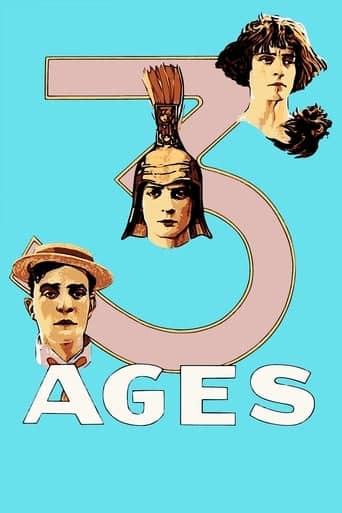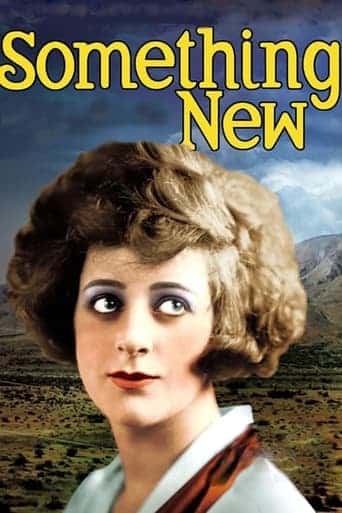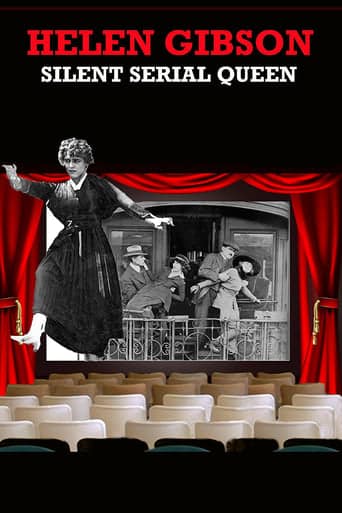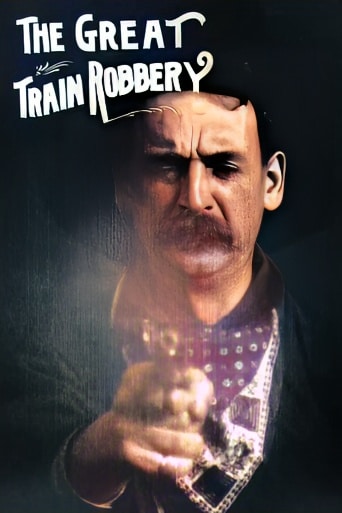Three Ages (1923)

 Buster Keaton’s “Three Ages” (1923) stands as a landmark in silent film history, showcasing Keaton’s prowess as a comedian, filmmaker, and actor.
Buster Keaton’s “Three Ages” (1923) stands as a landmark in silent film history, showcasing Keaton’s prowess as a comedian, filmmaker, and actor.
This black-and-white silent comedy, featuring Keaton himself alongside Margaret Leahy, Wallace Beery, Joe Roberts, Lillian Lawrence, and Kewpie Morgan, marked a significant step in Keaton’s career, being the first feature film where he assumed the roles of writer, director, producer, and star.
The film’s structure, akin to three intercut short films, allowed Keaton to experiment with the challenges of the feature-length format. At the time, Keaton had already proven himself in the short film medium, but the transition to a feature-length star was a bold move. Interestingly, it’s been suggested that if the project failed, Keaton would have released “Three Ages” as three separate short films. However, historical accounts vary on this point, and the film’s success rendered such a contingency unnecessary.
The narrative of “Three Ages” ingeniously unfolds across three distinct historical periods, serving as a parody of D. W. Griffith’s epic film “ Intolerance” (1916). Keaton weaves his comedic magic through the ages, portraying a character simply known as “The Boy.” From the prehistoric era to ancient Rome and finally the modern age, Keaton’s character encounters love, rivalry, and misadventures with a timeless charm that transcends historical settings.
In the first age, The Boy competes with Wallace Beery’s Villain for the affection of Margaret Leahy’s Girl. Set in a primitive landscape, this segment showcases Keaton’s physical comedy and knack for visual gags, establishing a pattern that persists throughout the film.
Transitioning to ancient Rome, the second age sees The Boy donning a toga and navigating the complexities of love and competition. Wallace Beery’s Villain reprises his role, providing a thematic link between the ages. Keaton’s clever use of historical settings allows him to explore universal themes of love and rivalry with a comedic touch.
The final age catapults The Boy into the contemporary world, where he contends with modern challenges to win the heart of his love interest. This segment not only serves as a reflection of the 1920s but also solidifies Keaton’s ability to adapt his comedic style to different contexts.
“Three Ages” is a testament to Keaton’s innovative storytelling and his ability to generate laughs without relying on spoken dialogue. The film’s visual humor, intricate stunts, and cleverly devised gags showcase Keaton’s unique brand of comedy. Each age serves as a canvas for Keaton’s physical prowess and comedic timing, cementing his status as a silent film icon.
Furthermore, the film’s parody of “ Intolerance” is a nod to Keaton’s awareness of film history and his willingness to engage with the works of his contemporaries. This meta-cinematic element adds depth to “Three Ages,” elevating it beyond a mere sequence of comedic sketches.
In conclusion, “Three Ages” is a milestone in Buster Keaton’s illustrious career, marking his confident stride into the realm of feature-length films. The film’s success not only secured Keaton’s position as a silent film star but also paved the way for his future cinematic achievements. The timeless appeal of “Three Ages” lies in its ability to transcend the boundaries of time and language, delivering laughter that resonates across ages, just like The Boy’s misadventures through the annals of history.
Release Date: June 25th, 1923
Main Cast Members
Buster Keaton (The Boy)
Margaret Leahy (The Girl)
Wallace Beery (The Villain)
Joe Roberts (The Girl’s Father)
Lillian Lawrence (The Girl’s Mother)
Kewpie Morgan (The Emperor / Cave Man / Roman Thug)




